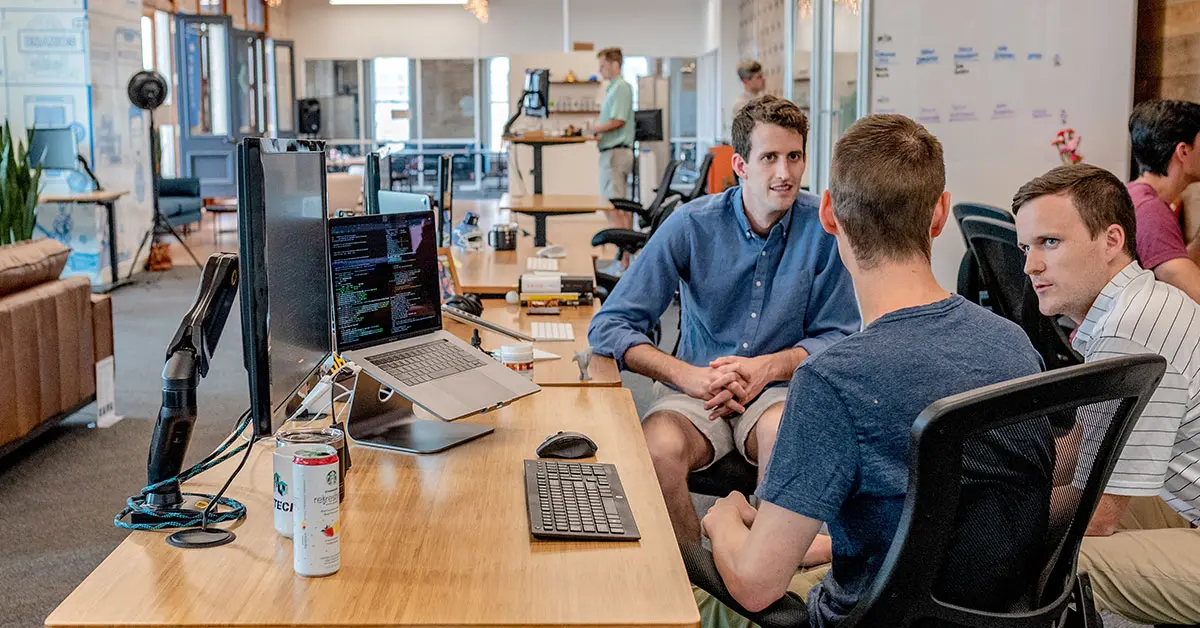-

There Are No Rules for DevOps; It Is Iterative
From both sides of the world, we see many rules. Rules can provide demarcation, structure, and safety, but conversely, they can be limiting and restrictive. Rules can therefore be seen […]
-

Cloud Strategy’s Cultural Dimension: Why DevOps Is Essential for Cloud Success
Optimizing Your Cloud Strategy: The Cultural Dimension – Lessons From the Recent Past and Why DevOps Is Essential for Cloud Success. When we encounter a new and disruptive technology such […]
-

Establishing ‘Non-negotiables’ to Build a Positive Culture at Home and at Work
Culture is simply a shared way of doing something with passion. Brian Chesky When I was young, there were certain rules that were strictly implemented in my home. One of […]
-

Leveraging Stories to Drive DevOps Culture
We tell stories to feel at home in the Universe Roger Bingham, British science communicator, writer, and public television producer and host I perfectly recollect the moment I joined my […]
-

Thank You DASA Partners and Best Wishes for 2020!
2019 was a successful year for DASA. Thanks to all of you around the world for contributing to our fast-growing DevOps community! Building on the momentum of the previous years, […]





